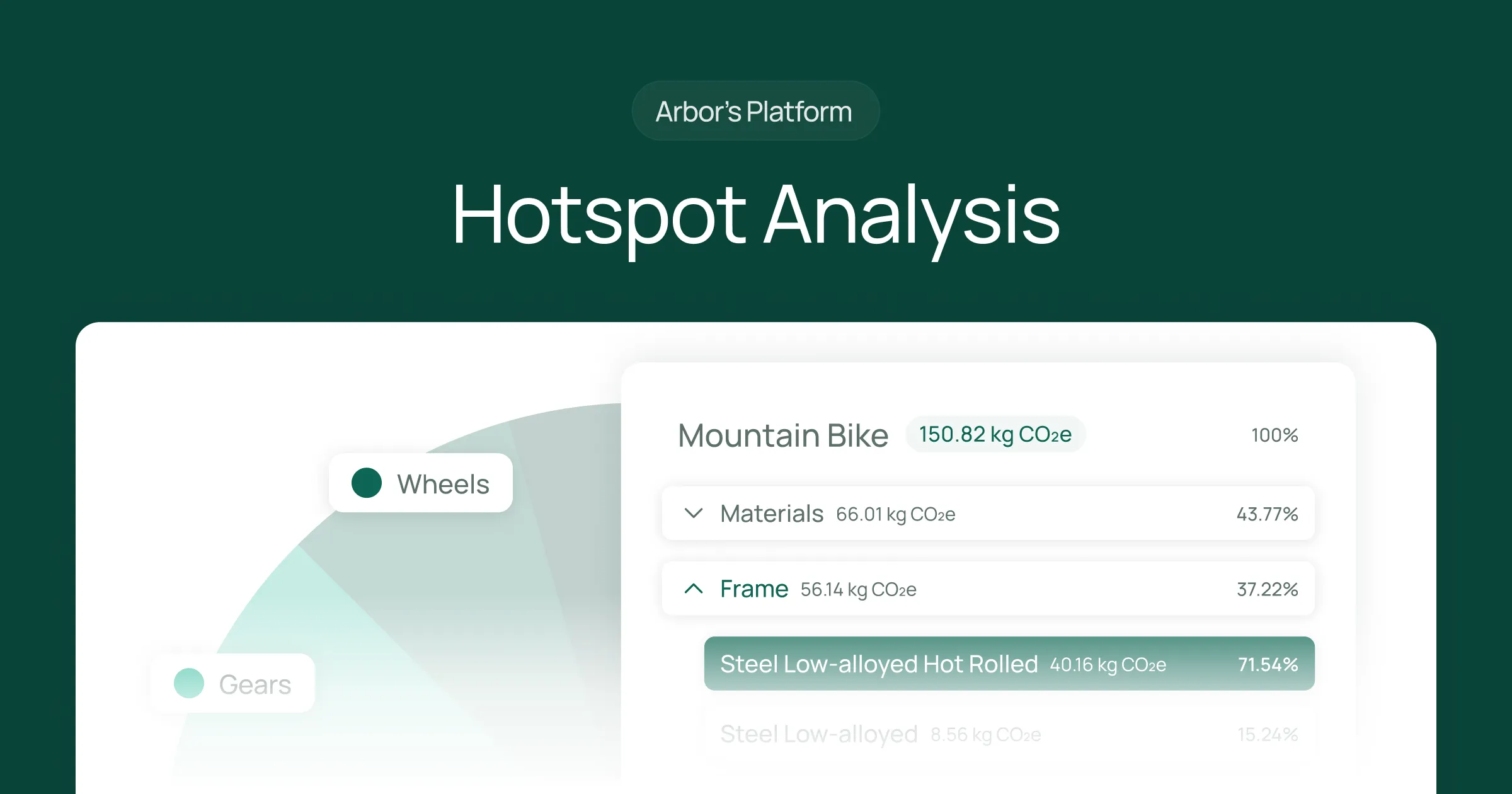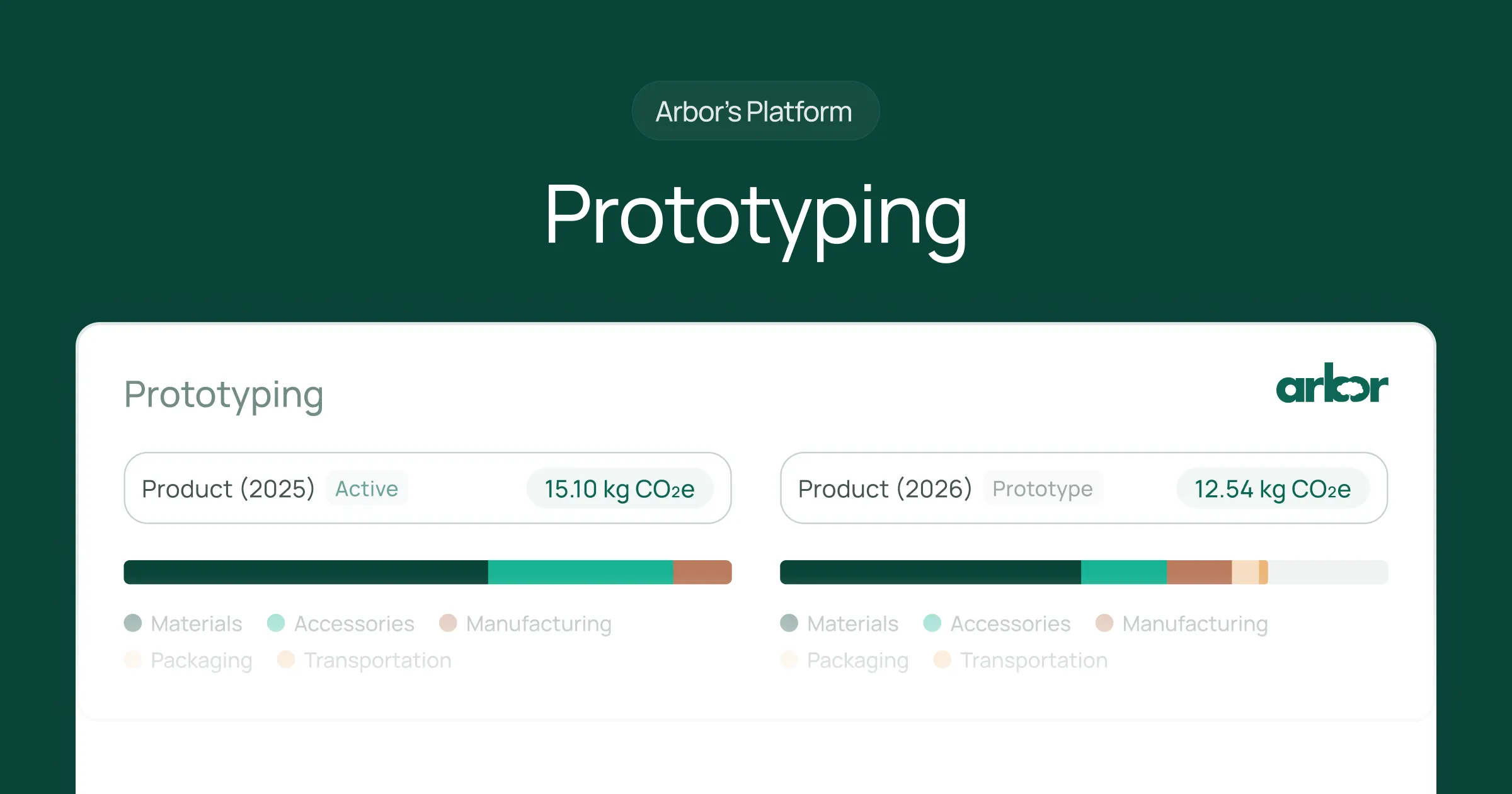Accurately measuring carbon emissions is paramount in the quest for a sustainable future. Global Average Carbon Calculations can initially seem appealing for simplicity. Still, it's essential to dive deeper into its implications, limitations, and why more precise methodologies are crucial for businesses committed to genuine sustainability.
The Misleading Simplicity of Global Average Carbon Calculations
Global Average Carbon Calculations provide a universal benchmark for carbon dioxide (CO₂) emissions related to various activities, such as manufacturing and transportation. By offering an average CO₂ emission rate per activity unit, they give a generalized view of our impact on climate change. However, while simplifying the complex world of carbon accounting, this one-size-fits-all approach often fails to capture the full story.
The Pitfalls of Overgeneralization
The primary issue with these global calculations is their tendency to overgeneralize. When we rely solely on global averages, we overlook the intricate variability in emission profiles that arise from different sectors, regional energy sources, and technological practices. This broad-stroke method might facilitate easier data aggregation but does so at the expense of precision and contextual relevance.
To address this, integrating sector-specific averages into our calculations can significantly enhance their accuracy. By tailoring our approach to reflect each industry's unique characteristics and the technologies they employ, we move closer to a true representation of their environmental impact.
The Local Context: An Underrepresented Factor
Moreover, global averages tend to mask the substantial disparities in carbon intensity found across diverse geographic locales. The CO₂ emissions from electricity consumption, for instance, can swing widely from one country to another or even within different areas of the same country, influenced heavily by the local energy mix. Recognizing these variances is essential for companies serious about accurately gauging and mitigating their carbon footprint.
To further refine our understanding and approach, the integration of regional or country-specific data into carbon calculations emerges as a pivotal strategy. This tailored analysis acknowledges the importance of local contexts — be it the reliance on renewable versus non-renewable energy sources or the adoption of cutting-edge versus conventional technologies. By doing so, companies can achieve a more accurate assessment of their environmental impact, guiding them toward more effective and regionally appropriate sustainability strategies.
Enhancing the precision of carbon accounting practices with sector-specific and regional data not only aligns companies more closely with their actual carbon footprints but also empowers them to undertake more informed, impactful actions toward sustainability. This level of specificity and accuracy is crucial for businesses aiming to contribute genuinely to the global fight against climate change.
Understanding Different Calculation Methods
In navigating the complexities of sustainable operations, companies encounter a spectrum of methodologies to calculate their carbon footprint. From the initial steps using spend-based calculations to the more refined global average carbon calculations and the method of process or hybrid calculations, each offers a unique level of precision and insight into a company's environmental impact.
Spend-Based Carbon Calculation Method
Starting with spend-based calculations, companies estimate emissions based on financial expenditures on goods or services using averaged emission factors. Although this method sets the groundwork, it's often too generalized and lacks the depth needed to capture the finer details of a company's carbon footprint.
Global Average Carbon Calculation Method
Progressing to global average carbon calculations, companies embrace a more detailed approach, applying average emissions data per unit of activity. This method inches closer to accuracy but still grapples with capturing the complete essence of an organization’s carbon footprint, failing to account for regional and operational variability thoroughly.
Hybrid Carbon Carbon Calculation Method
Hybrid calculations represent a better form of carbon footprint analysis. This approach amalgamates specific operational data with broader economic input-output information, delivering a more accurate and encompassing view of a company's carbon emissions. Aside from pure process-based calculations, hybrid calculations are the gold standard, providing deep insights and enabling targeted strategies for significant environmental impact reduction.
Implications of Global Average Carbon Calculations
The global average carbon calculation is a formidable tool for understanding our collective influence on the climate. It is a universal metric, enabling countries, sectors, and various entities to quantify their emissions comprehensively. This quantification is critical in identifying areas ripe for improvement and tracking progress in emission reduction initiatives.
However, it's essential to recognize that the global average, by its very nature, represents just that—an average.
It doesn't capture the significant variances in emissions across different nations, sectors, and products, leading to a generalized view that may not accurately reflect individual circumstances.
Consider the manufacturing process of a ubiquitous product like a smartphone. The global average emission factor for creating a smartphone includes emissions from energy use in production processes, material extraction, and assembly. This figure amalgamates emissions data from production facilities worldwide, which rely on various energy sources, including non-renewable fossil fuels.
Imagine a smartphone manufacturing plant operating solely on 100% renewable energy sources, such as solar or wind power. This choice considerably reduces the greenhouse gas emissions associated with the production phase of smartphones. However, relying on the global average emission factor to determine the carbon footprint of this smartphone production might inaccurately suggest a higher carbon footprint, similar to those facilities that use fossil fuels for energy. This example highlights the limitations of depending exclusively on global averages for carbon footprint calculations, underscoring the need for a more nuanced, tailored approach that accurately reflects individual production processes' environmental advancements and commitments.
Embracing Technology for Precise Carbon Footprint Calculations
The transition towards more accurate methods for calculating carbon footprints necessitates embracing the power of advanced technology and data analytics. Today, innovative software solutions powered by artificial intelligence and machine learning can analyze vast datasets to provide granular insights into a company's carbon emissions. These technologies enable companies to:
Integrate Real-Time Data
By leveraging IoT devices and sensors, companies can collect real-time data on energy consumption, supply chain logistics, and production practices. This data provides a foundation for precise, real-time carbon footprint calculations.
Employ Advanced Analytics
Data analytics platforms can process and analyze the collected data to identify specific emission sources, evaluate the efficiency of different processes, and suggest areas for improvement.
Customize Emission Factors
Instead of relying on general averages, companies can use technology to develop customized emission factors that consider their unique energy mixes, technologies, and practices. This customization ensures that carbon footprint calculations accurately reflect the company's operations and sustainability efforts.
Predictive Modeling
AI-driven models can forecast future emission trends based on current practices, helping companies strategize proactive measures to reduce their environmental impact.
Utilize Comprehensive Platforms
Platforms like Arbor provide a holistic approach to carbon management. They integrate data, advanced analytics, and detailed hotspot analysis to offer businesses a full view of their products or assets' carbon footprint. This enables companies to calculate and improve their carbon reduction strategies efficiently.
By moving beyond global averages and adopting these refined and accurate methods for calculating carbon footprints, companies can ensure that their sustainability efforts are precisely represented. Moreover, armed with detailed insights from advanced technology and data analytics, they can make informed decisions, driving significant reductions in their environmental impact and moving closer to their sustainability goals.
Summary
Understanding the global average carbon calculation is crucial for grappling with the complexities of climate change. It provides a benchmark for assessing our collective impact on the planet and can inform efforts to reduce emissions and mitigate climate change. However, it's also a complex metric that requires careful interpretation and consideration of factors like carbon intensity, energy efficiency, and equity.
As you reflect on the importance of the global average carbon calculation and its implications for your organization, remember that effective carbon management is within reach. Arbor provides a seamless solution for executives and project leaders like you who are determined to lead their companies toward a sustainable future. With our easy-to-use platform, you can calculate emissions precisely, generate GRI-certified reports, and gain actionable insights to drive environmental decisions. Don't let regulatory pressures or the lack of a robust framework hold you back. Take the first step towards transparent and effective carbon management by talking to our sales team today, and become your organization's sustainability champion.
Measure your carbon emissions with Arbor
Simple, easy carbon accounting.




.webp)
%20Directive.webp)


.webp)











%20Arbor.avif)





%20Arbor.avif)


.avif)






%20Arbor%20Canada.avif)

.avif)
%20Arbor.avif)
.avif)






_.avif)
.avif)
%20Arbor.avif)




%20Software%20and%20Tools.avif)





.avif)
.avif)




%20EU%20Regulation.avif)












.avif)


%20Arbor.avif)








_%20_%20Carbon%20101.avif)







.avif)

.avif)
.avif)









